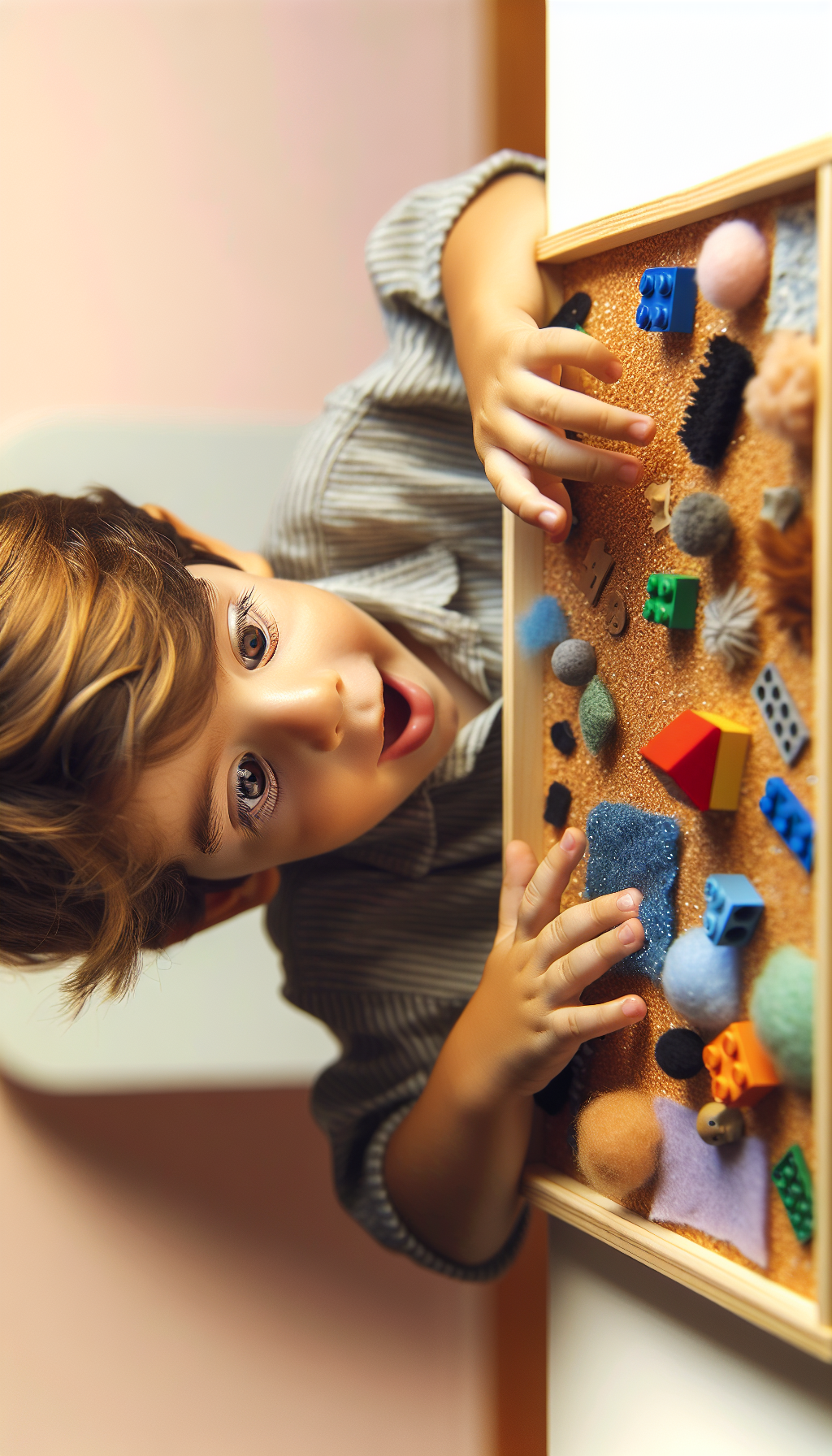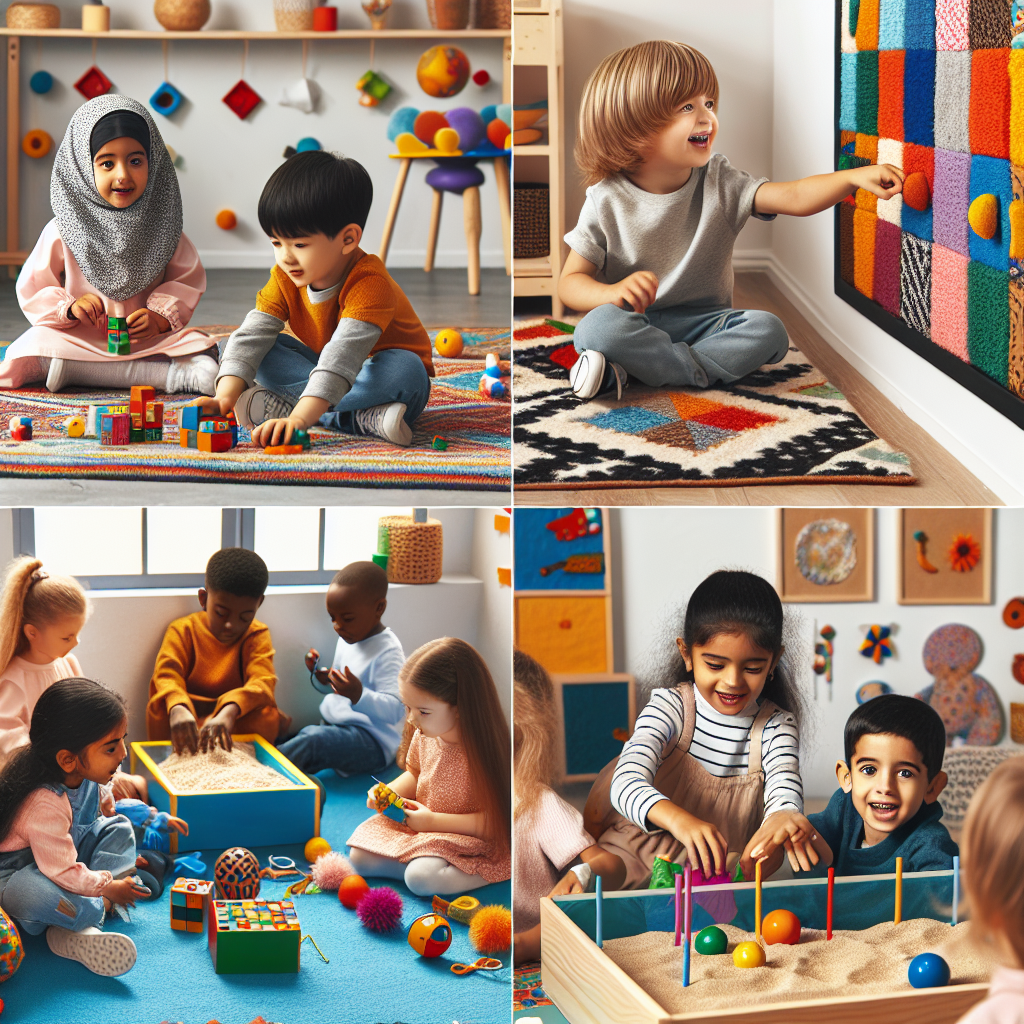Sensory stimulation plays a vital role in the development of children, especially for those with disabilities. It involves activities that stimulate a child’s senses—touch, smell, taste, sight, and hearing—as well as the sense of body awareness (proprioception) and the sense of balance (vestibular sense). For children with disabilities, sensory activities are not just about learning and development; they are crucial for their well-being and can significantly enhance their quality of life.
Understanding Sensory Health in Children with Disabilities
Sensory health is an essential aspect of overall well-being, referring to the efficient processing and integration of sensory information, which affects how one interacts with the environment. Children with disabilities may experience challenges related to sensory health, such as sensory processing disorders (SPD), where the brain has trouble receiving and responding to information that comes in through the senses. This can manifest in being overly sensitive to stimuli, seeking out intense sensory experiences, or not being responsive to sensory cues at all.
Recognizing the significance of sensory health is the first step in supporting these children. Engaging in sensory stimulation activities can aid in their sensory integration, which can, in turn, improve their cognitive, social, and physical skills. For additional understanding, the article on Sensory Health provides a wealth of information on the topic.
Sensory Stimulation Activities and Their Benefits
Tactile Activities
Tactile activities involve the sense of touch and can range from playing with different textures to therapeutic brushing. These activities help children with tactile defensiveness or those who seek tactile stimulation. A sensory bin filled with rice, beans, or water beads can provide a soothing experience and also improve fine motor skills.
Visual Activities
Visual stimulation can be provided through activities that involve lights, colors, and patterns. This can include playing with light tables, colored filters, or sensory bottles filled with glitter. These activities can enhance visual tracking and attention.
Auditory Activities
Children with auditory processing issues might benefit from activities that involve listening to different types of sounds, such as musical instruments, nature sounds, or auditory games. These can help with sound discrimination and listening skills.
Olfactory and Gustatory Activities
Activities that stimulate the sense of smell and taste can be very engaging for children. Experiencing various scents and flavors can not only be enjoyable but also assist in memory and recognition skills.
Proprioceptive Activities
Proprioceptive input can be provided through activities that involve heavy work like pushing, pulling, and lifting. This type of activity is beneficial for children who have difficulty understanding where their bodies are in space.
Vestibular Activities
Swinging, spinning, and balance-based activities stimulate the vestibular system. For children who are either hypersensitive or hyposensitive to movement, these activities can help to regulate their sense of balance.
Integrating Sensory Activities into Everyday Life
Creating an inclusive environment that accommodates sensory needs doesn’t have to be challenging. The article on How to Create an Inclusive Environment for Sensory Disabilities offers insights into designing spaces that cater to various sensory requirements.
For instance, having a quiet corner with dimmed lights and soft textures can provide a safe retreat for children who get overwhelmed by sensory input. On the other hand, providing a sensory-rich playground with different structures can cater to those seeking more intense sensory experiences.
Adapting to Individual Needs
Each child with a disability is unique, and their sensory needs can vary greatly. It’s important to observe and understand each child’s reactions to different stimuli. Some children might find certain textures or sounds distressing, while others may seek them out. The key is to tailor activities to individual preferences and needs, gradually introducing new stimuli in a controlled and supportive manner.
External Resources for Sensory Stimulation
To further explore and implement sensory activities, consider these niche resources:
- Sensory Smarts for a range of sensory tools and toys designed for sensory integration.
- STAR Institute offers training and resources on SPD for parents and professionals.
- Understood provides personalized resources for children with learning disabilities and sensory challenges.
Success Stories and Further Reading
Seeing the positive impact of sensory integration therapy on children with disabilities can be inspiring. Reading about Sensory Integration Therapy Success Stories can provide hope and motivation for parents and caregivers.
For those interested in understanding the broader implications of sensory health, the article Impact of Sensory Health on Social Interactions examines how sensory processing issues can affect a child’s ability to socialize and interact with others.
Conclusion
Sensory stimulation activities are more than just play; they are a bridge to learning, development, and an improved quality of life for children with disabilities. By embracing a sensory-friendly approach, parents, caregivers, and educators can create a supportive environment that allows every child to thrive.
In addition to the resources provided, it’s beneficial to collaborate with occupational therapists who specialize in sensory integration. They can offer guidance and create personalized sensory diets tailored to each child’s needs.
Remember, the journey of sensory exploration is ongoing. Regularly incorporating sensory activities into a child’s routine can make significant strides in their development and sensory integration. With patience, creativity, and the right resources, we can make a world of difference in the lives of children with disabilities.



